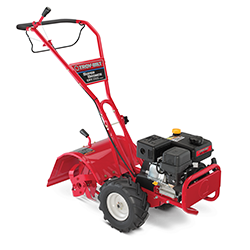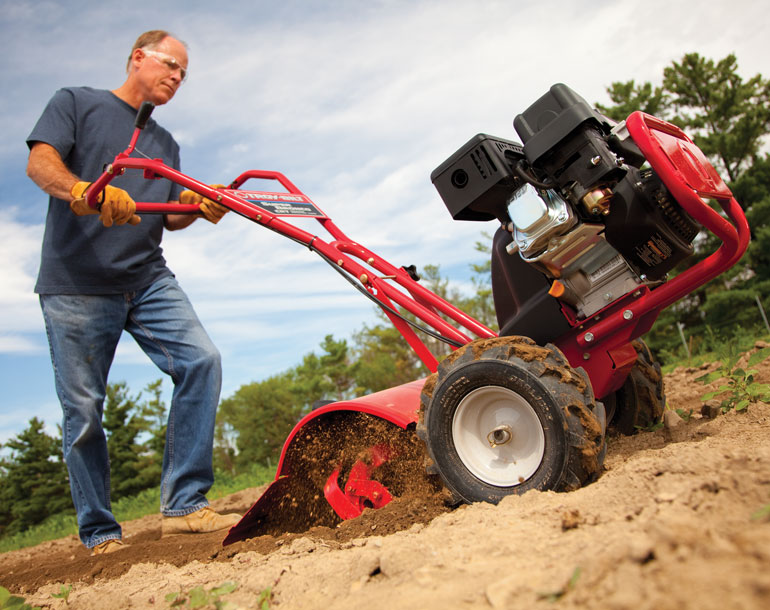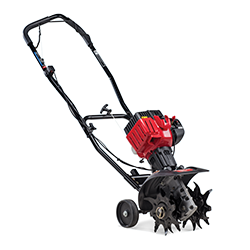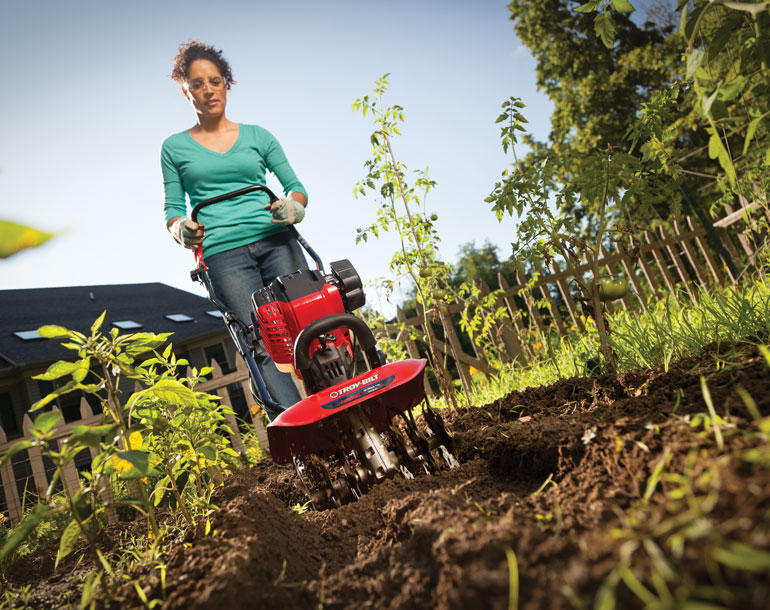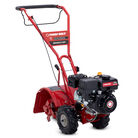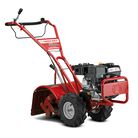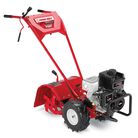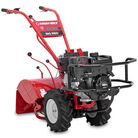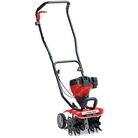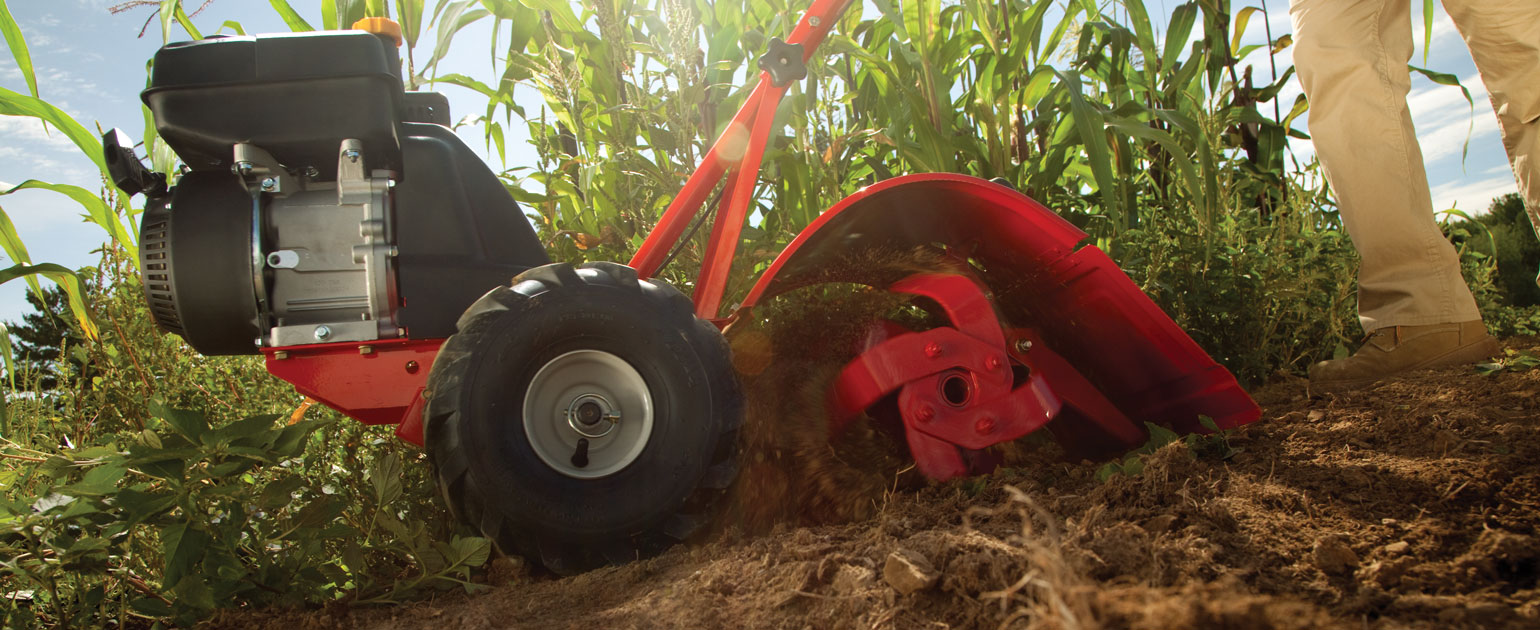
Get to Gardening Faster
Have a question? Just Ask Troy. Simple answers to your questions in the yard.
Cultivator vs. tiller: Which is the right one to use for your yard? Learn the differences between tillers and cultivators to help with your projects for spring.
Topiaries can add a modern touch to your home and garden. Learn how to make your own topiary using your favorite vines or flowers.
Create an atmosphere of radiant colors in your own backyard with this list of the top five must have-types of roses for your garden from Troy-Bilt.
Discover the benefits of plasticulture gardening and plastic mulch with help from Troy-Bilt.
Learn what root vegetables can be planted in the spring, when and how to plant them to ensure strong, healthy growth and all-season harvest.
Add some personality to your garden with these DIY garden stake ideas from Troy-Bilt.
How to Choose a Tiller or Cultivator
There are several factors that will help you decide which garden tiller best fits your needs. Finding the right tiller depends on your soil type, the size of your garden, garden layout and whether you are working existing garden beds or starting new ones.
What Type of Soil do You Have?
Different soil types call for different kinds of tillers.
- If you have hard-packed, clay or rocky soil, look for a rear-tine tiller that can turn heavier types of soil and break new ground.
- If you have loose or lightly packed soil in existing beds, a front-tine tiller is ideal.
How Big is the Garden/Area You Want to Till?
- Garden cultivators are designed to till and aerate soil in gardens that are 1,500 square feet in size or less. Their small size makes it easy to work between rows of vegetation or individual plants.
- Rear-tine tillers are ideal for creating new, large gardens that are 5,000 square feet or larger in size.
- Front-tine tillers are better for maintaining gardens that are less than 5,000 square feet in size.
Front tine vs. rear tine
- Cultivators are smaller, more agile versions of traditional tillers. Their small size makes it easier to maneuver between plants or tight rows of vegetables. They are designed to turn loose, previously-tilled soil and can even chew up pesky weeds and other small growth. They are ideal for areas up to 1,500 square feet.
- Front-tine tillers are larger than cultivators, but still smaller than rear-tine tillers. Their front-mounted tines help pull the machine through the dirt. They are designed to till loose or packed soil and work best at maintaining existing beds. Front-tine tillers can till between rows of plants, but can also work larger areas than a cultivator, up to 5,000 square feet.
- Rear-tine tillers are designed to handle the toughest jobs, like breaking new ground. These tillers have tines mounted behind the wheels. Traditional rear-tine tillers can have forward-, counter- or dual-rotating tines.
